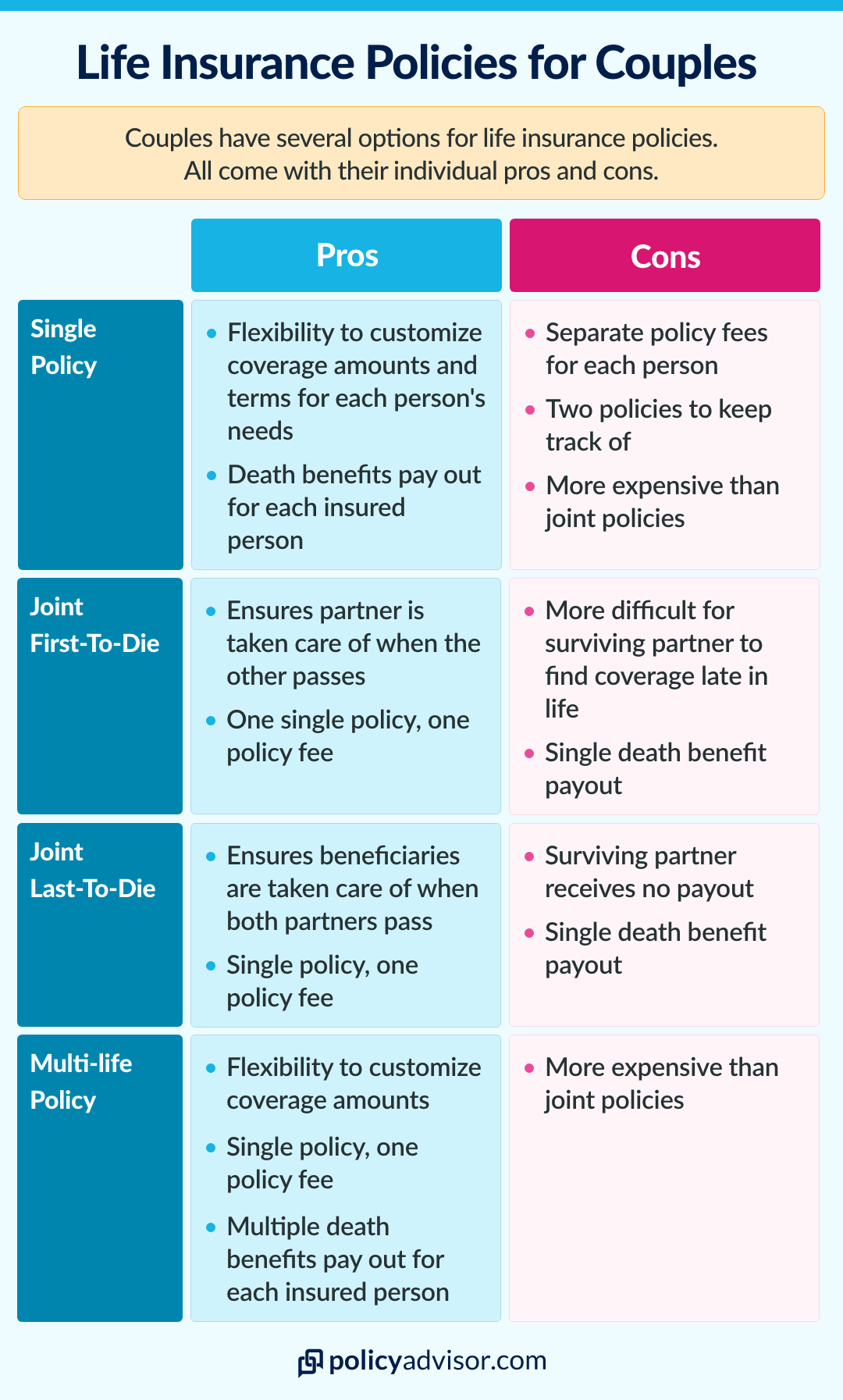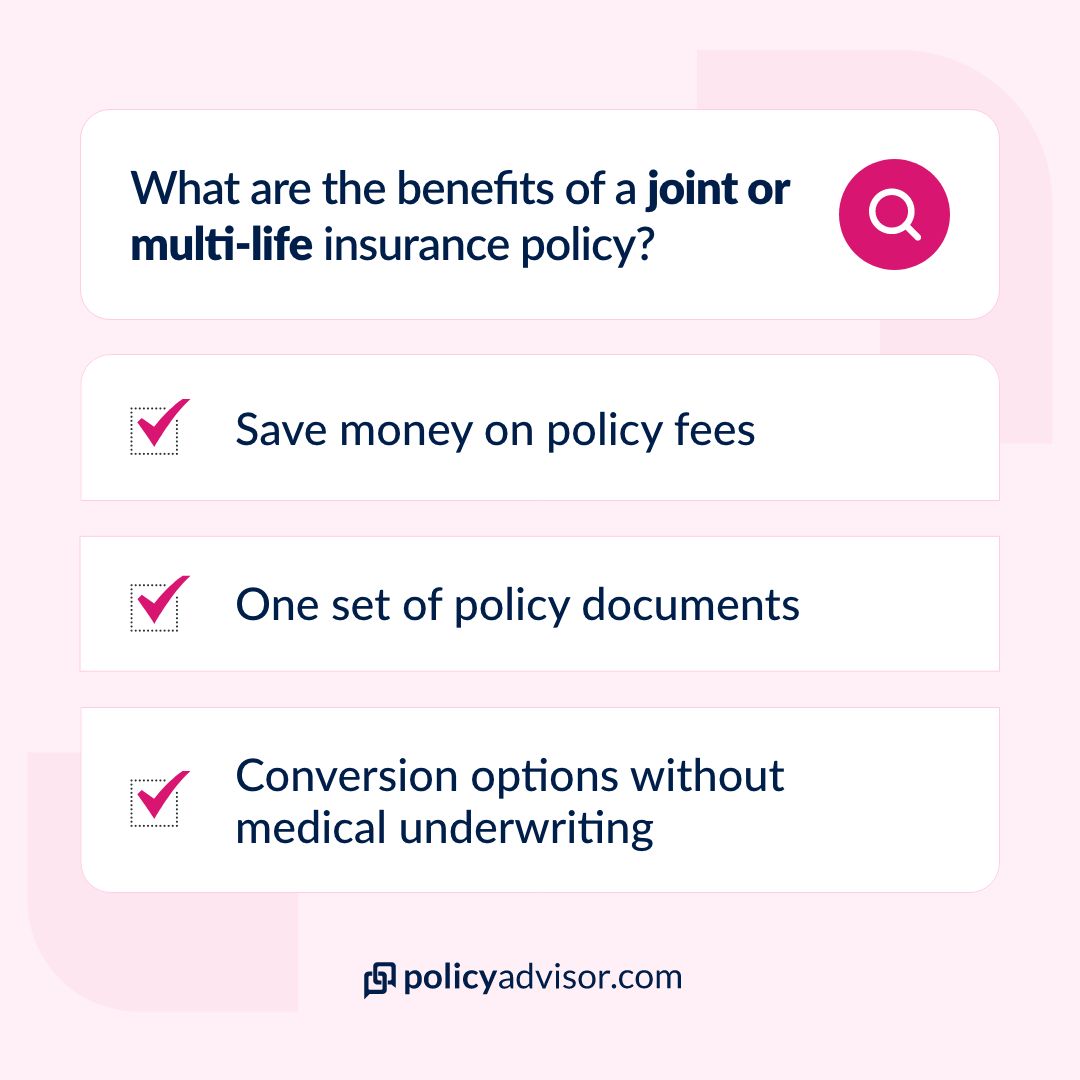Life throws us surprises—some exciting, some challenging, and some that remind us why having a solid plan matters. While we can’t predict the future, we can prepare for it, and that’s where iA Whole Life Insurance comes in. Offered by iA Financial Group, this policy is designed to provide financial protection and a sense of security that grows with you over time.
Whether you’re looking to safeguard your family, build long-term savings, or leave a meaningful legacy, iA Whole Life Insurance promises to be a steady partner in your financial journey. In this review, we’ll delve into the key features, benefits, and how it can stack up against your insurance needs.
What are the key features of iA whole life insurance?
iA’s whole life insurance comes in two varieties: non-participating whole life insurance and participating whole life insurance.
While iA non-participating insurance has a minimum coverage of $10,000, iA PAR options have a starting coverage value of $25,000. Both plans have several additional benefits and riders to provide complete financial protection to insured individuals. Check out the main features of these whole life insurance options:
Key features of whole life insurance from iA
| Features | iA participating (iA PAR) whole life insurance | iA non-participating whole life insurance | ||
| Coverage options | Whole life insurance with 10 Pay, 20 Pay, and Life Pay options |
|
||
| Maximum issue age | For single policy
Joint Last to Die policy
|
|
||
| Minimum face amount | $10,000 | $25,000 | ||
| Surrender cash value |
|
Guaranteed cash value offered from the 11th year, except T100 which does not offer cash surrender value | ||
| Dividend options |
|
No dividend options are available | ||
| Loan options | Cash loans and automatic loan advances are available | Cash loans and automatic loan advances are available | ||
| Rider options |
|
|
||
What are the different iA whole life plans I can choose from?
iA Financial Group offers a range of whole life insurance plans tailored to meet different financial goals, with options for both participating and non-participating whole life insurance.
For participating whole life, there are primarily two plans to choose from: iA PAR Estate and iA PAR Wealth. While the Estate plan focuses on higher death benefits with lesser upfront cash value, the Wealth plan generates higher cash value for the short-term goals of the insured individual.
1. Non-participating whole life insurance
iA Financial Group’s non-participating whole life insurance is designed for those who seek simple, reliable, and lifelong protection.
This policy is an excellent solution for anyone looking to safeguard their family’s financial future or preserve their estate, offering guaranteed coverage and a range of benefits that remain in effect for life.
Key features of iA non-participating whole life insurance
- Guaranteed face amount and premiums: The policy provides a guaranteed face amount, ensuring that your loved ones or estate receives a predetermined benefit upon your passing
- Guaranteed surrender values: Over time, the policy builds guaranteed surrender values, offering an additional layer of financial security. This feature allows policyholders to access a portion of their policy’s value in case of emergencies or specific financial needs
- Paid-up insurance: With the option of paid-up insurance, you can enjoy full coverage without having to pay premiums for life. This provides flexibility and financial relief in later years, making it a highly appealing feature for those planning their retirement
- Flexible and personalized coverage: You can enhance your coverage with a variety of riders and additional benefits, including critical illness coverage, accidental death benefits, or child protection riders
Who can benefit from iA non-participating whole life insurance?
iA’s non-participating policy is ideal for individuals who value predictability and long-term security. It works especially well for individuals planning to leave behind a legacy or people looking to accumulate high financial coverage without placing bets on unpredictable dividends. Non-participating policies can benefit:
- Families looking to ensure their loved ones are financially secure
- Individuals aiming to leave a clear and structured legacy for their estate
- Those who prefer a straightforward insurance solution without market-based dividend fluctuations
What are the coverage options in iA non-participating whole life insurance?
iA Whole Life Insurance offers flexible premium payment options to suit various needs: L10 (payable in 10 years), L20 (payable in 20 years), L65 (payable until age 65), and L100 (payable until age 100).
iA also offers T100 which gives insured individuals a simple way to access cost-effective lifetime coverage without cash value. These plans cater to diverse financial goals, from quick pay-offs to long-term commitments.
What are the different coverage options for iA whole life insurance?
iA whole life insurance is available in four different types to suit different coverage needs. Individual insurance covers only one person, with the face amount paid out upon their death. This type of insurance is also the only option compatible with the Child Life & Health Duo plan.
For shared coverage, there is joint first-to-die insurance, which insures up to two people and pays the face amount upon the death of the first insured, terminating the policy thereafter.
Alternatively, joint last-to-die insurance covers two individuals but pays out only after both have passed, with premiums continuing after the first death. A variation of this, joint last-to-die, paid-up on first death, provides similar coverage but halts premium payments once the first insured dies, ensuring the coverage amount is paid upon the death of the second insured.
What are the riders and available benefits for iA non-participating whole life insurance?
iA Financial Group offers a variety of riders and additional benefits such as accidental death, AD&D, Guaranteed Insurability, waiver of premiums, critical illness coverage, and more, to enhance its non-participating whole life insurance policies.
These options allow policyholders to create a comprehensive, tailored plan that aligns with their specific needs, providing extra financial security for unforeseen events.
Additional benefits
- Accidental Death (AD): Provides an extra payout if death occurs due to an accident
- Accidental Death and Dismemberment (AD&D): Offers benefits for accidental death or serious injuries, such as loss of a limb or eyesight
- Accidental Fracture (AF): Covers specific payments for fractures caused by accidents.
- Guaranteed Insurability (GI): Allows the insured to purchase additional coverage at future dates without needing further medical evidence
- Waiver of Premiums in the Event of the Applicant’s Disability (WPDis): Premium payments are waived if the applicant becomes disabled
- Waiver of Premiums in the Event of the Insured’s Disability (WPIDis): Premiums are waived if the insured becomes disabled
- Waiver of Premiums in the Event of the Applicant’s Death (WPD): Premium payments cease if the applicant passes away
Riders
- Child Critical Illness: Covers critical illnesses specific to children, offering financial relief during treatment
- Child Module and Child Module Plus: Provide comprehensive protection for children, including coverage for critical illness, death, and other risks
- Critical Illness: Pays a lump sum benefit if the insured is diagnosed with a covered critical illness
- Disability Credit: Offers financial assistance if the insured becomes disabled
- Hospitalization: Provides a daily benefit if the insured is hospitalized
- Hospitalization and Home Health Care: Covers hospitalization and expenses related to home health care
- Paramedical Care in the Event of an Accident: Covers paramedical services required due to an accident
- Supplementary Income (SI): Offers an additional income stream if specific conditions are met
2. Participating whole life insurance
Participating plans from iA Financial Group let policyholders benefit from the company’s performance through annual dividends. These dividends can be reinvested to grow your policy’s cash value or used in other ways, depending on your preferences. iA offers two standout participating whole life plans:
iA PAR Estate
Designed for individuals who want to leave a lasting legacy, iA PAR Estate is focused on maximizing the death benefit for estate planning purposes. This plan helps you efficiently transfer wealth to your loved ones or chosen beneficiaries while benefiting from the policy’s growth over time.
iA PAR Wealth
This plan is tailored for those aiming to build and access cash value during their lifetime. With a focus on wealth accumulation, iA PAR Wealth offers flexibility for personal or business financial needs, making it a popular choice for individuals with long-term growth objectives.
Features of iA PAR Estate and iA PAR Wealth
| Feature | iA PAR Estate | iA PAR Wealth |
| Primary objective | Designed to maximize the death benefit for estate planning | Focused on building significant cash value that can be accessed during the policyholder’s lifetime |
| Target audience | Clients prioritizing legacy planning, such as transferring wealth to heirs or charitable organizations | Clients aiming for short-term financial accelerated growth and flexibility in accessing policy funds |
| Death benefit growth | Offers consistent growth in the death benefit over time | Balances death benefit growth with a primary focus on cash value accumulation |
| Cash value access | Cash value is initially lower and accessible after completion of 5 years of the policy | Cash value is initially higher and accessible after completion of 1 year of the policy |
| Policy liquidity | Lower liquidity initially | High liquidity initially |
| Premium payments | Annual or monthly payments with a pre-authorized cheque (PAC) | Annual or monthly payments with a pre-authorized cheque (PAC) |
How much does whole life insurance from iA cost?
The cost of whole life insurance can vary on several factors such as age, sex, medical status, smoking status, coverage type, etc of the insured individual. For PAR policies, factors such as dividend scale and investment performance can also impact the cost of whole life insurance.
While the premiums can be the same, the surrender value and other benefits may differ from person to person.
For instance, for a 20-year-old, non-smoker female purchasing L100 whole life insurance with the face (coverage) amount of $100,000, the cash benefits can be as follows:
Non-PAR L100 cash value and paid-up insurance benefits
| Age | Coverage amount | Cash value (Guaranteed) | Paid-up insurance (Guaranteed) |
| 30 years | $100,000 | $680 | $1,667 |
| 40 years | $100,000 | $3,540 | $18,333 |
| 50 years | $100,000 | $6,710 | $35,000 |
| 60 years | $100,000 | $15,590 | $51,667 |
| 65 years | $100,000 | $21,770 | $60,000 |
| 70 years | $100,000 | $29,460 | $65,714 |
| 80 years | $100,000 | $48,620 | $77,143 |
| 90 years | $100,000 | $71,480 | $88,571 |
| 100 years | $100,000 | $100,000 | $100,000 |
*For a 20-year-old, non-smoker female purchasing L100 whole life insurance with the face (coverage) amount of $100,000
How can you access dividends in an iA whole life insurance?
iA Financial Group offers four dividend options including paid-up additions, annual premium reduction, cash payouts and deposits with interest for their participating whole-life insurance plans:
- Paid-up additions: Dividends are used to purchase additional paid-up insurance, increasing both the policy’s face amount and its cash surrender value
- Annual premium reduction: Dividends are applied to reduce the amount of the next annual premium payable, lowering the out-of-pocket cost for the policyholder
- Payable in cash: Dividends are paid directly to the policy owner, providing immediate liquidity. This option may have tax implications
- Deposit with interest: Dividends are deposited into a savings account managed by iA Financial Group, where they earn interest. The interest earned is taxable at the end of the year
How does iA calculate dividends?
Dividends are not guaranteed and may differ from one year to another based on the performance of iA’s participating (PAR) account. Each year, iA’s Board of Directors decides the dividend amount based on the company’s dividend policy, which ensures fair distribution among policyholders.
The dividend amount depends on the dividend scale, which reflects the financial performance of the participating account. This performance is influenced by factors such as investment returns, mortality rates, policy lapses, and expenses related to iA’s participating contracts.
The dividend scale can go up or down based on these factors. Once dividends are declared, it is paid to the policyholder on the policy’s commencement date.
Dividend Scale - Participating Whole Life Insurance
Compare dividend rates from top Canadian insurers
| 2022 | 2023 | 2024 | 2025 | |
|---|---|---|---|---|
| Equitable | 6.05% | 6.25% | 6.40% | 6.40% |
| Manulife | 6.10% | 6.35% | 6.35% | 6.35% |
| iA Financial Group | 5.75% | 6.00% | 6.25% | 6.35% |
| Desjardins Insurance | 5.75% | 6.20% | 6.30% | 6.30% |
| RBC Insurance | 6.00% | 6.00% | 6.25% | 6.30% |
| Sun Life | 6.00% | 6.00% | 6.25% | 6.25% |
| Empire Life | 6.00% | 6.00% | 6.00% | 6.25% |
| Foresters Financial | 5.50% | 5.50% | 5.50% | 6.25% |
| Co-operators | 5.90% | 5.90% | 6.00% | 6.00% |
| Assumption Life | 5.75% | 5.75% | 5.75% | 5.75% |
| Canada Life | 5.25% | 5.50% | 5.50% | 5.75% |
Does iA whole life insurance offer surrender cash value?
Yes, iA whole life insurance provides surrender cash value, but its availability and timing vary depending on the type of policy:
- iA PAR Estate: Policyholders can access the surrender value starting from the 5th policy anniversary
- iA PAR Wealth: Surrender values become available as early as the 1st policy anniversary, offering greater flexibility
- Non-Participating Policies: The surrender value is accessible starting from the 11th policy year. However, T100 plans do not offer any cash surrender value
The surrender value serves as a source of liquidity for policyholders when needed. It can be accessed in several ways, such as by requesting a total surrender of the contract, making a partial withdrawal, or obtaining a policy loan advance.
This flexibility allows policyholders to use the surrender value to meet financial needs while maintaining their policy benefits.
What are the additional benefits and riders offered by iA participating whole life insurance?
iA Financial Group offers a range of additional benefits and riders including additional term coverage, waiver of premiums, critical illness coverage and accidental benefits for their participating whole life insurance policies.
These options allow policyholders to tailor their coverage to meet specific needs and enhance the value of their policy.
1. Term coverage
Policyholders can supplement their permanent life insurance with renewable and convertible term life insurance options, providing extra protection for a set period. Options include:
- T10 (Renewable and Convertible): Provides coverage for 10 years, with the option to renew or convert to permanent insurance without additional medical exams
- T20 (Renewable and Convertible): Similar to T10 but offers coverage for 20 years
- Pick-A-Term Options:
- T25: Provides coverage for 25 years
- T30: Offers coverage for 30 years
2. Child benefits
These riders ensure additional protection for children under the policy:
- Child Module: Offers basic life insurance coverage for children, providing financial protection and peace of mind for parents
- Child Module PLUS: Includes enhanced benefits for children, offering more comprehensive protection
3. Accident benefits
Accident riders provide additional financial support in case of accidental injuries or death:
- Accidental Death (AD): Pays an extra benefit to the beneficiaries if the insured’s death is due to an accident
- Accidental Death and Dismemberment (AD&D): Offers financial compensation for accidental death or dismemberment, helping cover unexpected expenses
- Accidental Fracture (AF): Provides a lump-sum benefit in the event of accidental fractures, helping offset medical costs
4. Waiver of premium riders
These riders ensure the policy remains active without requiring premium payments under specific circumstances:
- Waiver of Premiums in the Event of the Applicant’s Disability (WPDis): If the person who applied for the policy becomes disabled, premiums are waived to keep the coverage intact
- Waiver of Premiums in the Event of the Insured’s Disability (WPIDis): If the insured individual becomes disabled, the premiums are waived to ease the financial burden
- Waiver of Premiums in the Event of Death (WPD): If the policyholder passes away, future premiums are waived to ensure the policy benefits remain available to beneficiaries
What is iA’s Large Case Solutions program?
The iA Large Case Solutions program is a comprehensive support service tailored specifically for financial advisors working with clients who have more complex needs. It is designed to assist with the development and implementation of advanced financial strategies, particularly in the areas of insurance and savings products.
This program helps advisors navigate intricate sales concepts and optimize tax strategies to create customized solutions that align with each client’s unique financial goals. By offering specialized expertise and resources, the iA Large Case Solutions provides clients with well-rounded, tax-efficient solutions that meet their long-term financial needs.
What is the disability benefit under iA participating whole life insurance?
iA’s participating whole life insurance offers a disability benefit designed to provide financial support to the policy owner when the insured, aged 18 or older, becomes totally disabled. This benefit, available at no extra charge, is drawn from the surrender value of the paid-up insurance.
While it provides liquidity during periods of disability, it also reduces the face amount of the paid-up insurance. Below are the conditions and key terms associated with this benefit.
Conditions for receiving the disability benefit
- The insured must be totally disabled and remain so for at least 30 consecutive days before a request can be made
- Policy owners can request one disability benefit per 12-month period, issued as a single lump-sum payment
- The benefit amount cannot exceed the surrender value of the paid-up insurance at the time of the request
- The company may require evidence of total disability, including medical documentation
- Each payment may be subject to transaction and medical assessment fees
- Disability payments cease as soon as the insured is no longer considered totally disabled
- Restrictions and exclusions may apply
What is the Child Life and Health Duo plan offered by iA?
The Child Life and Health Duo plan from iA Financial Group is a comprehensive insurance solution designed to provide both life and critical illness coverage for children. This plan ensures financial security for families by addressing potential medical and financial challenges while building a foundation for the child’s future.
Some of the main features of the Child Life and Health Duo plan include:
- Dual coverage: Combines life insurance and critical illness insurance into one policy
- Critical illness protection: Provides coverage for a range of critical illnesses, offering a lump-sum benefit to help with medical expenses, recovery costs, or other financial needs
- Life insurance benefit: Ensures a payout in the event of the child’s passing, providing financial support for the family during a difficult time
- Convertibility: Offers the flexibility to convert the child’s coverage into an adult policy later in life without requiring additional medical exams
- Affordable premiums: Designed to offer comprehensive protection at a cost-effective rate
- Cash value growth: Includes a savings component that builds cash value over time, which can be accessed in the future for various financial needs
Can I get a loan against my iA whole life insurance policy?
Yes, you can take out a loan against your iA whole life insurance policy through two types of policy loan advances: the cash loan advance and the automatic loan advance.
Both types of loan advances allow the policyholder to access the cash value of the policy while still maintaining eligibility for dividend payments, though there are some important details and limitations to consider.
- Cash loan advance
- The policy owner can request a cash loan advance at any time in writing
- The loan amount cannot exceed 90% of the surrender value of the basic coverage (including any reduced paid-up insurance, if applicable) plus 90% of the surrender value of any paid-up insurance, minus any amounts owed to the company
- Automatic loan advance
- This type of loan advance is automatically initiated by the company if premiums are due and have not been paid by the end of the grace period
- The automatic loan advance cannot exceed the total surrender value of the policy, which includes the surrender value of the basic coverage, any reduced paid-up insurance, the surrender value of the paid-up insurance, and the balance of the dividend deposit account (if applicable)
- The total outstanding loan balance, including any other amounts owed to the company, cannot exceed the policy’s total surrender value
Are there any transaction fees applicable on iA whole life insurance?
Yes, iA whole life insurance policies may incur transaction fees, which are calculated per policy, not per insured. If multiple changes are made within the same policy, only the highest fee is charged, unless additional coverage or benefits are requested, in which case all fees are waived.
If the same change is processed on multiple policies, a transaction fee will be applied to each policy. Additionally, a $50 fee is charged for loan or premium history requests. These fees are important to consider when making changes or requests related to your policy.
What are the pros and cons of iA’s whole life insurance?
iA whole life insurance has several pros such as multiple dividend options, a variety of riders for both their PAR and non-PAR plans, faster plan approval via accelerated underwriting, and the pioneering iA Large Case Solutions program.
However, there are some disadvantages such as non-availability of cash surrender value in the T100 plan and limited disability benefit access.
Pros and cons of iA whole life insurance
| Pros | Cons |
| iA offers flexibility with four dividend options, allowing customization of coverage | The disability benefit is available only in the PAR plans. |
| A variety of riders are available for both traditional and PAR plans to enhance coverage | The T100 plan does not offer cash surrender value |
| Faster insurance approval with an accelerated underwriting process which can reduce wait times | |
| iA provides expert support for advisors and clients through its Large Case Solutions program for complex cases |
How to find the best iA life insurance quotes in Canada?
When searching for the best iA whole life insurance quotes in Canada, you have a few routes to consider. While you could spend hours browsing various websites and comparing policies on your own, this process can quickly become overwhelming and time-consuming. That’s where PolicyAdvisor comes in.
What makes PolicyAdvisor stand out isn’t just our competitive pricing and wide range of options, but also our lifetime after-sales support. Once you’ve secured your policy, we don’t leave you on your own.
Our team of expert advisors is always available to assist with any questions or adjustments you may need, ensuring you receive continuous support throughout your journey. It’s a seamless, stress-free way to get the best coverage, knowing you’re fully supported now and in the future.
Frequently asked questions
Can I adjust my iA whole life insurance policy as my needs change?
While whole life insurance is designed to provide lifelong coverage, iA offers flexibility through optional riders and benefit adjustments.
For example, you can add more coverage, adjust your payment structure, or integrate additional protection like disability benefits. These options ensure that your policy evolves with your lifestyle and financial goals.
Does iA whole life insurance offer tax advantages?
Yes, iA whole life insurance provides significant tax advantages. The cash value grows tax-deferred, meaning you won’t pay taxes on the gains as long as they remain within the policy.
Additionally, the death benefit is typically paid out tax-free to your beneficiaries, making it an excellent tool for estate planning and wealth transfer.
How does iA ensure that my policy remains affordable long-term?
iA whole life insurance comes with fixed premiums, which means your monthly or annual payments won’t increase over time, regardless of changes in your health or the economy.
This stability makes budgeting easier and ensures that your policy remains affordable as you age. Additionally, participating policies with dividends can offset costs, offering even greater value over the life of the policy.





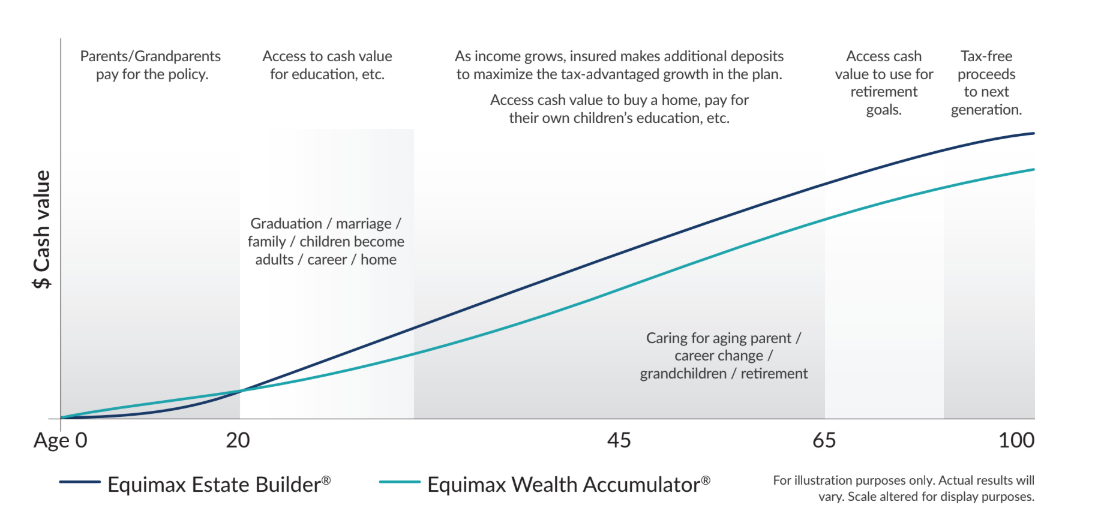

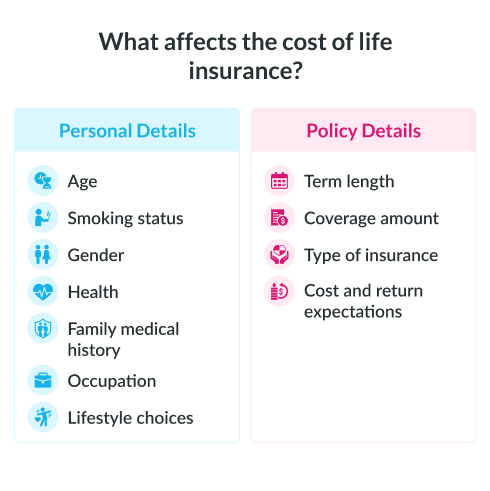
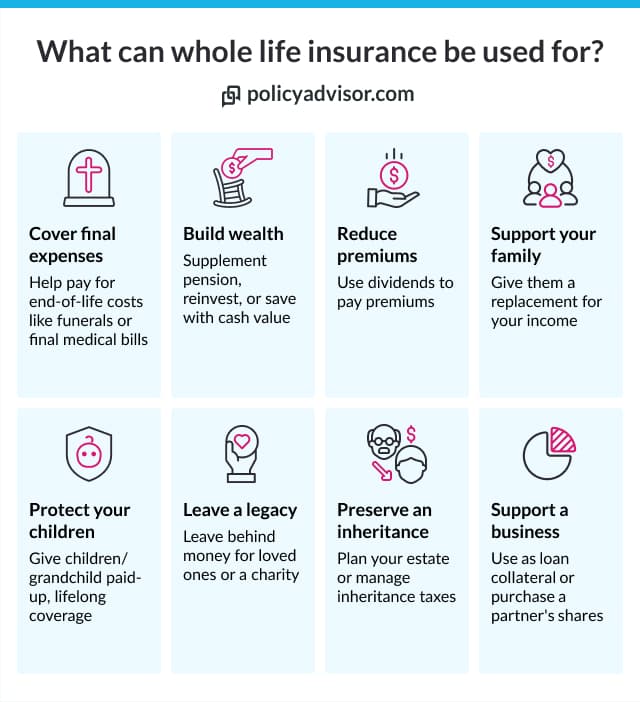

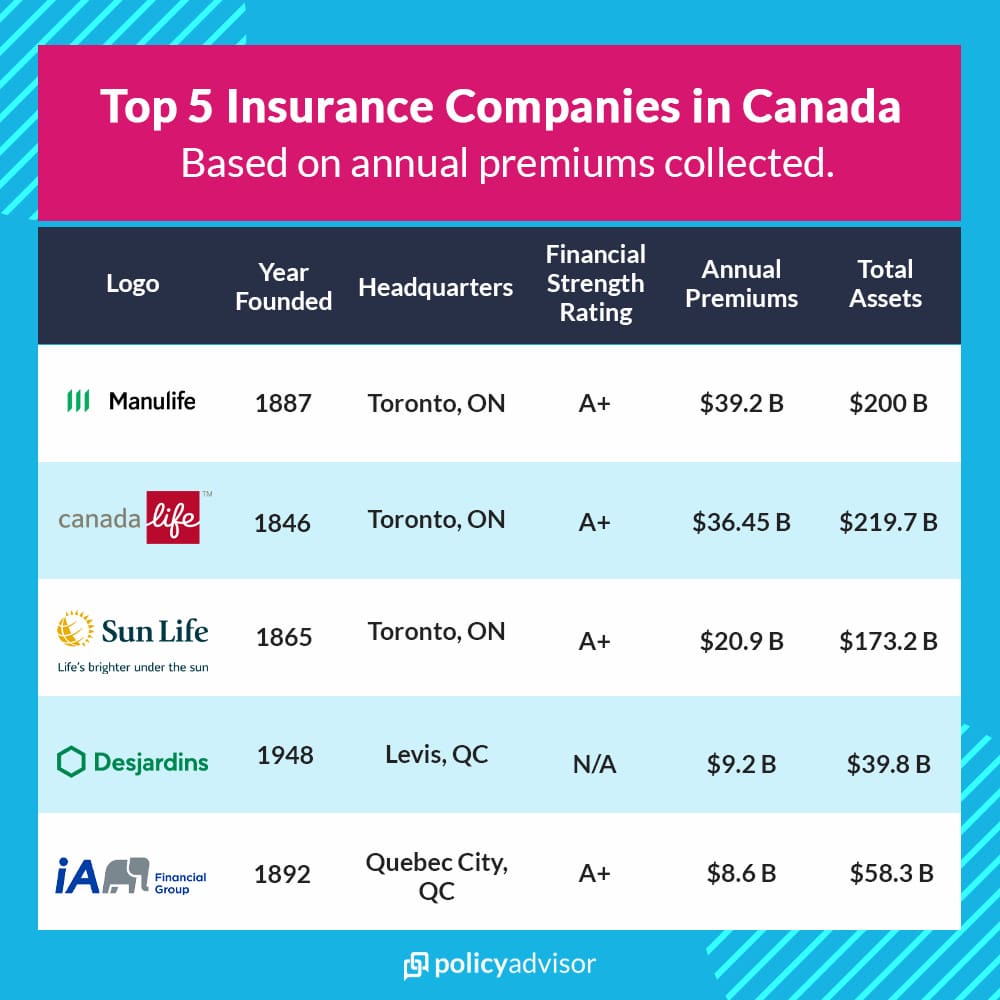
 Joint last-to-die life insurance policy
Joint last-to-die life insurance policy